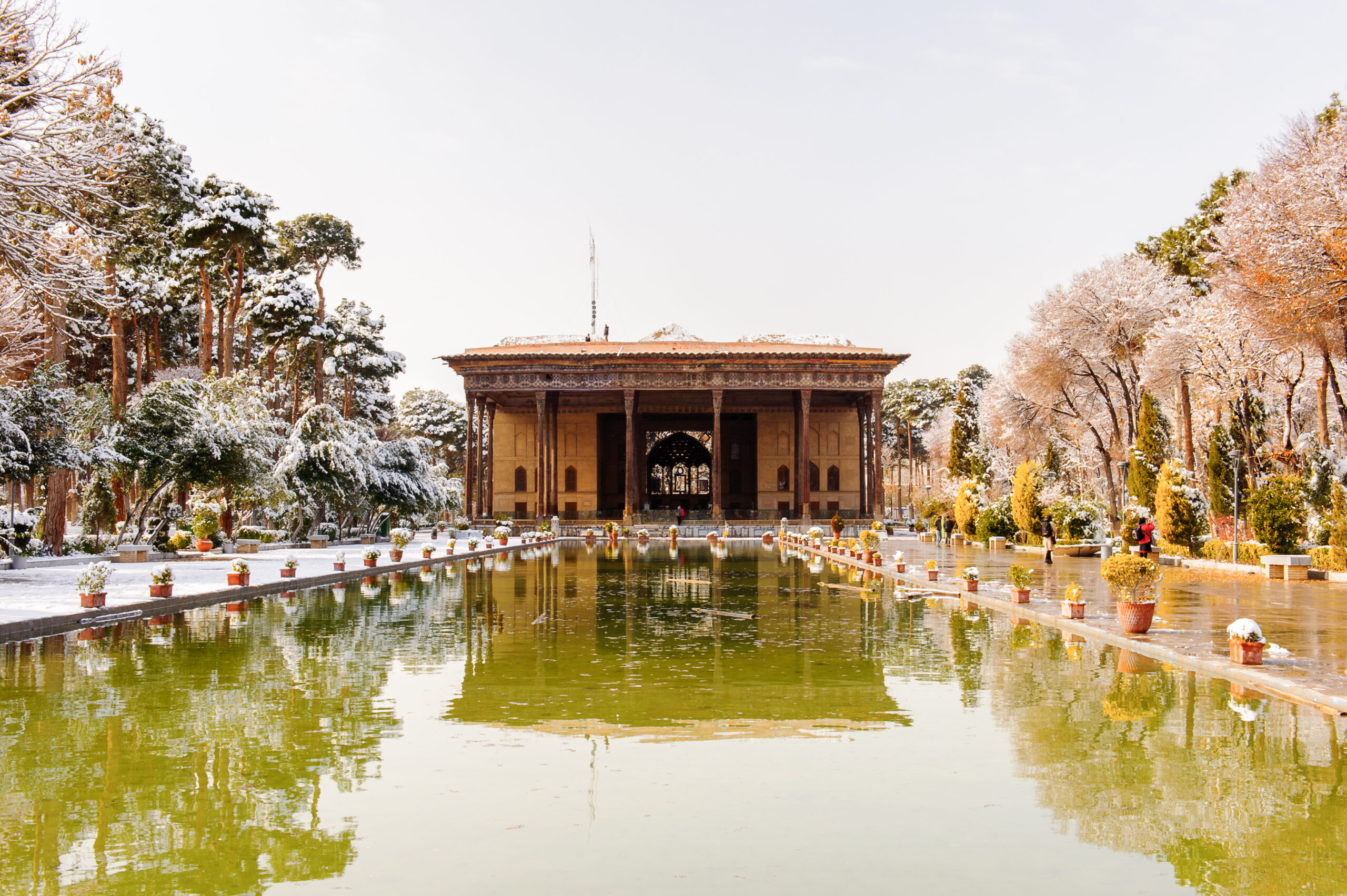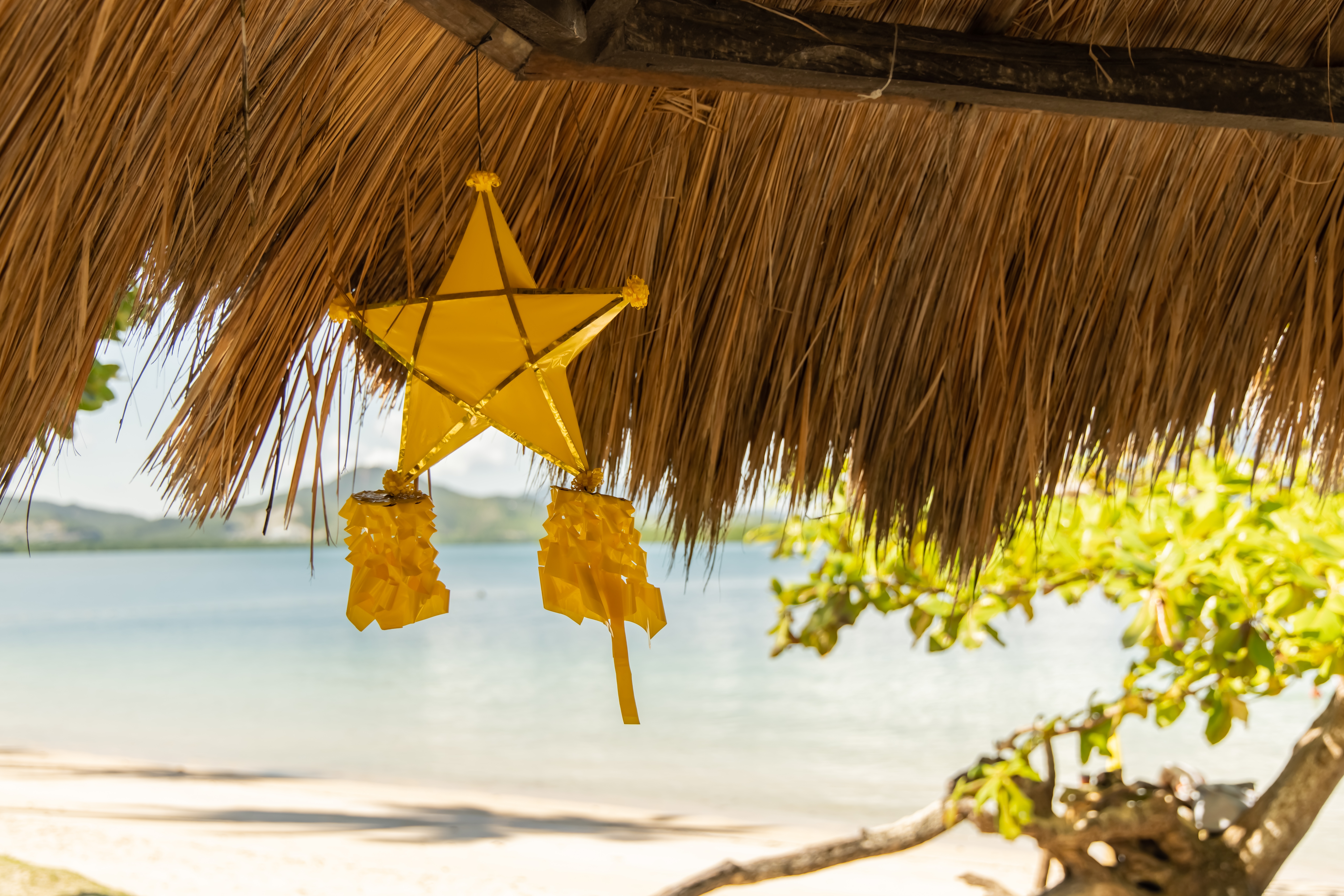The 15 most popular Indian dishes to try besides curry
October 4, 2025

Christmas traditions vary from family to family, so it’s no surprise that the holiday takes on unique forms across the globe. While some customs—like decorating trees and exchanging gifts—are nearly universal, others are deeply rooted in local history, culture, and beliefs.
From sprouting wheat seeds in Armenia for good fortune to dazzling fireworks displays in Argentina, the ways people celebrate Christmas are as diverse as the countries themselves. In Japan, a bucket of Kentucky Fried Chicken has become a holiday staple, while in Iceland, mischievous Yule Lads leave treats (or rotten potatoes!) in children’s shoes.
Whether it’s giant lantern festivals in the Philippines, candlelit processions in Colombia, or midnight feasts in Italy, every tradition adds its own magic to the Christmas season. Join us as we explore some of the most fascinating Christmas traditions around the world. Who knows, you might even travel to one of these destinations and enjoy Christmas morning in a truly unique way!
Here are the most unique Christmas traditions around the world that could tempt you into visiting during the festive season.
Christmas is predominantly a religious event in Armenia and many people begin preparations with a fast during the week before Christmas. The big day actually falls on 6th January in Armenia, as they still follow the Julian calendar.
Celebrations begin on 31st December when Santa (Gaghant Baba) brings presents and lentil or chickpea seeds are sprouted to represent the forthcoming spring. On the night before Christmas, the fast is broken with a meal called khetum, consisting of light dishes such as fish, yogurt, soup, rice, bread, and nuts. These light bites are intended to break the fast gently and prepare the body for the Christmas Day feast.

One of the most important Christmas traditions in Guatemala is the Nascimento, or nativity scene. This stems from Spanish tradition, but the Guatemalan people have put their own stamp on it, incorporating aspects of indigenous Guatemalan culture into the scenes.
The figures are often decorated with traditional textile patterns, and the nativity story is acted out by children at church. One important element of the Guatemalan Nacimiento is that the baby Jesus should not be added until midnight on Christmas Eve.
Poland reveres Christmas as a deeply traditional and family-focused holiday, with celebrations centering around Wigilia, the Christmas Eve dinner. The meal begins when the first star appears in the sky and starts with the sharing of the opłatek (a thin wafer), symbolizing blessings and unity.
The feast includes 12 meatless dishes, such as barszcz (beet soup), pierogi, and carp. An extra seat is often left at the dining table for an unexpected guest. Many families attend Pasterka (Midnight Mass) and exchange gifts. The festive season continues until Epiphany (January 6), marked by caroling and processions honoring the Three Kings.
The rock-hewn churches of Lalibela are an incredible spectacle during major Coptic Christian celebrations. Christmas is celebrated on 7th January according to the Julian calendar. Thronging with devotees dressed head to toe in white, the churches are the focal point of the Christmas celebrations, and the atmosphere is sparkling with faith and joy.
Pilgrims arrive from all over the land and set up camp in the environs of the town. Indeed, the whole Christmas period has an ancient and biblical ambiance, which is enhanced by the swaying, singing, and praying of the faithful. The dawn congregation on 7th January is a moving testament to the reality of Christmas traditions in Ethiopia.

As a predominantly Catholic country, Argentina takes Christmas very seriously. Preparations begin on the 1st of December with Advent, and houses are decorated with bright flower garlands. Another tradition in Argentina is the pesebre, an elaborate nativity scene that is arranged with care every year and holds more traditional significance than the Christmas tree.
The night before Christmas is the main celebration in Argentina when people attend mass and eat a celebratory meal late into the evening. These festivities are then followed by incredible fireworks displays on Christmas Day.
In the Philippines, Christmas is a vibrant and joyous celebration, lasting from September to early January—one of the longest holiday seasons in the world. The Simbang Gabi, a series of nine dawn masses leading up to Christmas, is a cherished tradition. Houses and streets glow with parols—colorful star-shaped lanterns symbolizing the Star of Bethlehem.
Everyone gathers for Noche Buena, a grand Christmas Eve feast featuring ham, queso de bola, and sweet treats. Caroling, festive decorations, and community events fill the season with warmth. The Filipino values of togetherness make Christmas an incredibly special time across the country.
Christmas in Japan is a festive but non-religious holiday celebrated with lights, decor, and unique traditions. One of the most famous customs is eating KFC on Christmas Eve. This is thanks to a successful 1970s marketing campaign that made Colonel Sanders’ fried chicken synonymous with the holiday.
Many couples treat Christmas as a romantic occasion, similar to Valentine’s Day, going on dates and exchanging gifts. Cities sparkle with elaborate light displays, and festive cakes—usually a sponge cake with strawberries and whipped cream—are a must-have. While Christmas isn’t a national holiday, its joyful, commercial essence makes it a beloved time across Japan.

The festive season in Cuba is a joyful celebration focused on family, food, and religious Christmas traditions. After being banned for decades under communist rule, Christmas was reinstated as a public holiday in 1997. Nochebuena (Christmas Eve) is the highlight, with families gathering for a grand feast featuring lechón asado (roast pork), rice, black beans, and yuca.
Many attend Misa del Gallo (Midnight Mass) to celebrate the birth of Christ. While gift-giving isn’t as prominent as in other countries, music, dancing, and fireworks make the season festive. The celebrations continue through to Día de los Reyes (Three Kings’ Day) on January 6. Book your Cuban vacation for December to experience all the festivities firsthand.
Christmas in Colombia is a lively and deeply religious time marked by music, lights, and family gatherings. The season officially begins on Día de las Velitas (Day of the Little Candles) on December 7, when streets and homes glow with candlelit displays honoring the Virgin Mary. Throughout December, neighborhoods light up with elaborate decor and manger scenes.
Locals celebrate Nochebuena (Christmas Eve) with a feast, dancing, and fireworks, while children eagerly await presents from El Niño Dios (Baby Jesus). The festive spirit continues with Aguinaldos, a week of playful games, and Las Novenas, nine nights of prayers, carols, and gatherings.
Romania is a destination full of joyful festivities rich in Christmas traditions, folklore, and religious customs. Celebrating officially begins on December 6 with Saint Nicholas Day, when children receive sweets or small gifts in their boots if they’ve been good—or a symbolic twig if they haven’t.
On Christmas Eve, groups of children and adults go caroling (colindat), singing traditional songs in exchange for treats. Families gather for a Christmas dinner featuring sarmale (cabbage rolls), cozonac (sweet bread), and roast pork. Many attend Midnight Mass, and gifts are exchanged. The celebrations continue until Epiphany (January 6) with feasts and folk festivals.

Italy’s Christmas is a deeply traditional and family-centered event, blending religious customs with festive traditions. The season officially begins on December 8, the Feast of the Immaculate Conception, when families set up presepi, which are nativity or manger scenes, and decorate trees. La Vigilia (Christmas Eve) is marked by a seafood feast, followed by Midnight Mass.
On Christmas Day, families enjoy a grand meal featuring pasta, roasted meats, and panettone or pandoro for dessert. Gifts are exchanged on Christmas or Epiphany (January 6), when La Befana, a kind witch, delivers treats. Festivities continue into the New Year with fireworks and lively gatherings, making an Italian vacation during this time a joyous occasion.
Latvia is a mix of ancient pagan traditions and Christian celebrations. The holiday season begins with Ziemassvētki (Winter Solstice Festival), celebrated on December 24–26. Many families attend Midnight Mass and decorate Christmas trees—a tradition believed to have originated in Latvia in the 16th century.
A key custom is mumming, where people dress in costumes, visit houses, and perform songs or skits to bring good luck. The Christmas feast includes dishes like grey peas with bacon, pīrāgi (pastry filled with bacon and onions), and roasted meats. Gift-giving follows the tradition of reciting a poem before receiving a present.
Iceland is filled with unique folklore and festive Christmas traditions. One of the most famous customs is the Yule Lads—13 mischievous troll-like figures who visit children in the 13 nights leading up to Christmas. Well-behaved kids receive small gifts in their shoes, while naughty ones might find a rotten potato.
Another cherished tradition is the Jólabókaflóð (“Christmas Book Flood”), where books are exchanged on the night before Christmas and read late into the night. People also enjoy a Christmas feast featuring smoked lamb, fermented skate, leaf bread, and a Yule or Christmas log for dessert. With the sparkling northern lights and cozy gatherings, Icelandic Christmas is truly magical.

Gift-giving is one of the most beloved Christmas traditions, but the figure who brings the presents varies in different countries. In many Western countries, Santa Claus—the jolly, bearded man in a red suit—delivers gifts to children on Christmas Eve. This tradition is popular in the U.S., Canada, and parts of Europe.
In the United Kingdom, Father Christmas shares similarities with Santa but has deeper roots in British folklore. In Italy, children eagerly await La Befana, a kind witch who delivers gifts on Epiphany Eve. In Sweden, it’s Jultomte, a gnome-like figure, who brings presents, while Krampus, a fearsome creature, punishes naughty children in parts of Central Europe.
In Cuba, Los Reyes Magos (the Three Kings) brings gifts on January 6, marking the end of the happy Christmas season. Despite the different figures, the essence of gift-giving—spreading joy and kindness—remains a cherished tradition everywhere.
Christmas decorations are a key part of the holiday spirit, with each country adding its unique touch to festive season displays. The Christmas tree is perhaps the most iconic symbol found in Christmas celebrations around the world, but the style and decor can vary greatly.
In the U.S. and many European countries, trees are adorned with lights, ornaments, and tinsel, while in Germany, intricate wooden icons and candles are popular. In Mexico, poinsettias are often used to decorate houses alongside colorful paper lanterns. Meanwhile, in the Philippines, the parol, a star-shaped lantern, is a beloved symbol, representing the Star of Bethlehem.
In Sweden, homes are often decorated with julbock (Christmas goats) made of straw, an ancient Swedish tradition. Nativity scenes are also widely displayed in countries like Italy, with elaborate models of the Holy Family and entire villages.

Christmas may be a global holiday, but the way it’s celebrated varies widely from country to country. From the twinkling lanterns of the Philippines to the Yule Lads of Iceland, each tradition reflects the different cultures, history, and spirit of its people.
Some customs focus on religious observances, while others emphasize feasting, gift-giving, or festive gatherings with loved ones. No matter where or how it’s celebrated, the heart of Christmas remains the same—spreading joy, kindness, and togetherness.
See Christmas in a different context and book a festive trip with one of our brilliant local experts. They excel at making their culture and traditions accessible and are always keen to welcome curious travelers!
Explore all featured destinations
Join our mailing list for travel inspiration, trip recommendations, and insights from our local experts.